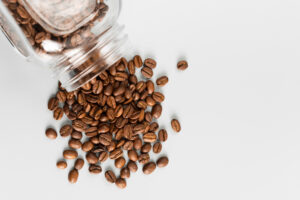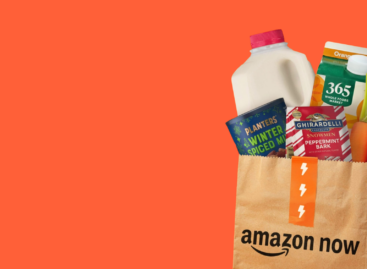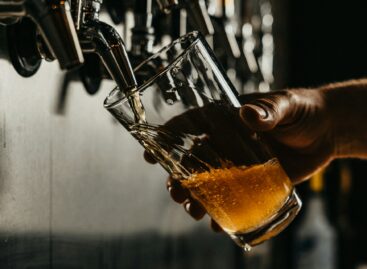High coffee prices brew interest in bean-free alternatives
Costs tied to climate change and tariffs could position substitutes made from broken rice or other ingredients as cheaper, more sustainable options.

A brewing storm of climate change and tariffs has sent coffee prices soaring and accelerated interest in bean-free alternatives.
Droughts in Vietnam and Brazil have decimated coffee crops, sending prices up to an all-time high earlier this year. Producers are now bracing for the prospect of even higher costs if new tariffs from the Trump administration go into effect next month on top coffee producing countries.
Keurig Dr Pepper and J.M. Smucker, which owns Folgers and Cafe Bustelo, have both raised prices as costs continue to escalate. Since last October, Smucker has raised coffee prices at least three times, with plans to hike them a fourth time this August, according to its latest earnings report.
For food tech companies and startups working on coffee alternatives, escalating prices could position bean-free substitutes as a cheaper, more sustainable option.
“This can only happen now; 10, 20 years ago … there weren’t those supply chain shocks,” said Jake Berber, cofounder of Prefer, a Singapore-based startup that turns food waste into bean-free, ground coffee. “Today, for the first time, we can create this product that is more affordable and more sustainable than coffee using modern, cutting edge fermentation technologies.”
Prefer, founded in 2022, makes its bean-free coffee from food byproducts, including soy pulp and broken rice. Berber said it uses ingredients that are “not pretty enough to go in packaging,” but contain the qualities and starches needed to create its coffee alternative through the company’s fermentation process.
Last February, Prefer raised $2 million in a seed round led by Forge Ventures to fund a manufacturing facility. The company’s bean-free coffee is now available at several dozen outlets in Singapore, and is on track to reach 100 locations by the end of the year.
Still, the bean-free alternative isn’t a complete replacement and is meant to be used in addition to typical coffee. In order to achieve the same beloved flavor of a morning pour, only up to 40% of Prefer’s substitute can be mixed in.
But those looking for a caffeine fix shouldn’t worry. Prefer is able to make a wide range of caffeinated products, from decaffeinated to double caffeinated.
“Caffeine is just an ingredient for us to be easily sourced from things like green tea, for example,” Berber said, adding that he plans to expand Prefer’s products into other flavors threatened by climate change such as cacao, vanilla, and citrus.
Related news
Retailers turn to AI for marketing, merchandising
🎧 Hallgasd a cikket: Lejátszás Szünet Folytatás Leállítás Nyelv: Auto…
Read more >Amazon tests delivery in half hour or less
🎧 Hallgasd a cikket: Lejátszás Szünet Folytatás Leállítás Nyelv: Auto…
Read more >Mondelez adds US to markets for zero-sugar Oreos
🎧 Hallgasd a cikket: Lejátszás Szünet Folytatás Leállítás Nyelv: Auto…
Read more >Related news
The New Year’s Eve fireworks fair is back: temporary sales will start in department store parking lots at the end of December
🎧 Hallgasd a cikket: Lejátszás Szünet Folytatás Leállítás Nyelv: Auto…
Read more >The first Eastern European non-alcoholic beer turns 50
🎧 Hallgasd a cikket: Lejátszás Szünet Folytatás Leállítás Nyelv: Auto…
Read more >Sausage: pork prices are already going down, but they won’t be cheaper in stores – a significant correction may come in the spring at the earliest
🎧 Hallgasd a cikket: Lejátszás Szünet Folytatás Leállítás Nyelv: Auto…
Read more >






